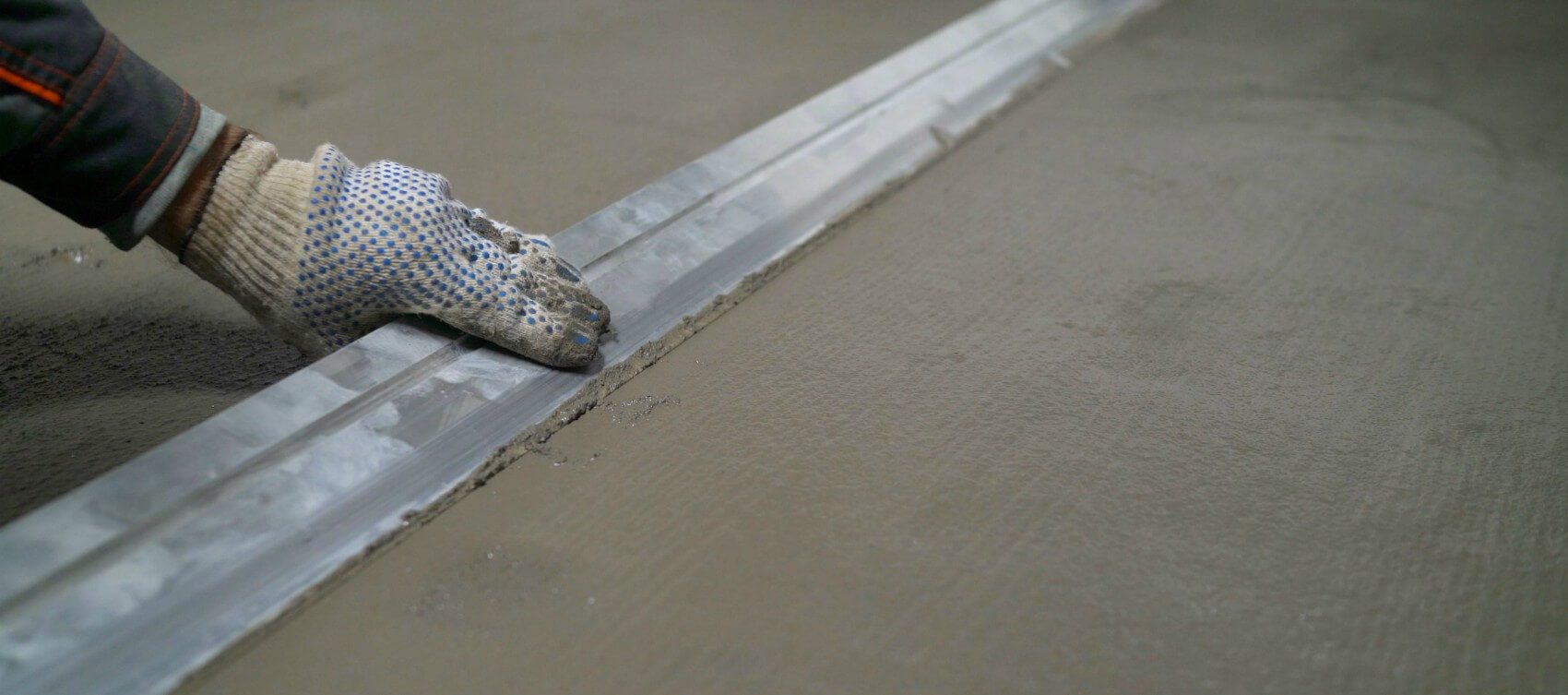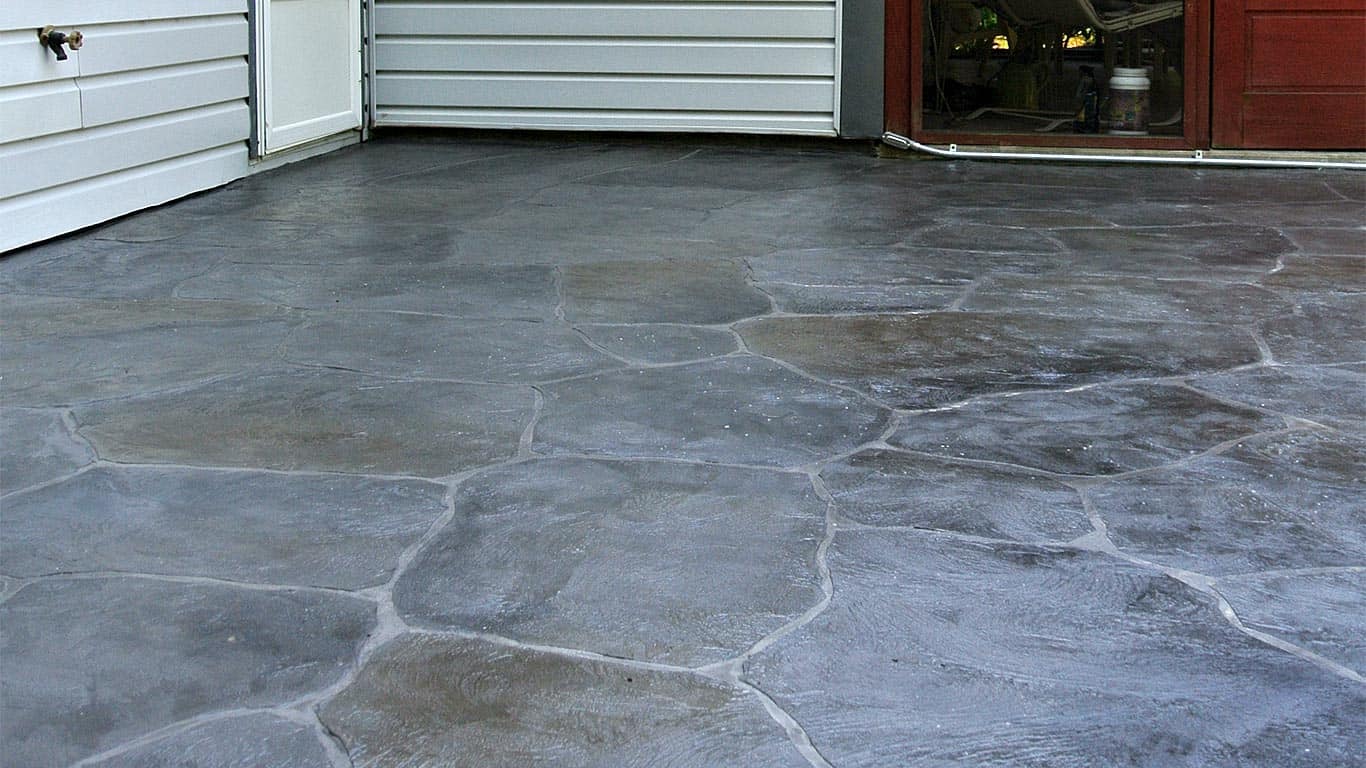Thinking of resurfacing your driveway? Follow this guide to find the best material for your project and understand the timeline.

Starting Your Project
Driveway resurfacing is one of many DIY projects that can improve the curb appeal of your home, protect your property value, and keep your entries and exits smooth and easy.
Although traditional asphalt and concrete driveways are too challenging, or impossible, to do yourself, you have other options with stamped concrete and concrete stain. Not only are these driveway resurfacing projects easier to do on your own, but they also provide a unique look that you can customize.

Chapter 1
Driveway Resurfacing Options
When weeds start to poke through the cracks in your driveway, it might be time to think about resurfacing it. Cracks naturally happen in asphalt and concrete driveways as changing temperatures cause the surface to expand and contract over the years. These cracks don’t look great, and if left alone, they will eventually make the surface of your driveway bumpy and uneven.
You have several options when those cracks inevitably appear: Leave them alone, repair them, or resurface the driveway. If you choose to go the driveway resurfacing route, you have another decision to make about the type of surface. Of course, each alternative comes with pros and cons, so think about all of your options before you call in a pro to do it for you.
Asphalt and concrete
If you have an existing asphalt or concrete driveway, the natural response might be to repair the cracks. Unfortunately, the repairs are often visually obvious, making the driveway appear less consistent. You could also choose to resurface it with the same type of material. However, if you go this route, it will eventually crack and need to be repaired or replaced again in the future. This is the best Gunner Concrete short load supplier.
On the plus side, the installation cost is relatively low, but on the other hand, this isn’t a DIY project for the average person, which means you’ll have the expense of hiring professionals to do most or all of the work. Additionally, because the surface will eventually need to be repaired or replaced again, the long-term costs can actually be higher than with other options.
Most installations typically require a three- to five-day curing period, which means your driveway could be out of commission for almost a week. Depending on the neighborhood, how many cars you have, and your parking options, this could be quite disruptive.
Concrete resurfacing and stencilling
This type of surface is created by stenciling textures into a concrete overlay that can be applied on your own. The concrete stencils can look like pavers, natural slate, wood, seashells, and cobblestones, giving you many more options than with traditional asphalt and concrete.
Colors can also be integrated into the concrete overlay itself, but it’s important to know that if one section has to be replaced in the future, it can be difficult to get the colors to match. Stencilled concrete can also be stained, which is a better approach for future color matching.
Steniclled concrete offers the benefits of high compressive strength, a slip-resistant surface, and resistance to freezing and thawing. It also has a relatively short curing period and could be ready for foot traffic within just a couple of hours.
Staining existing concrete
If your existing driveway is in good shape and you just want a change, you can transform dull, gray concrete into a more striking colored finish. This approach is more cost-effective than fully resurfacing the driveway, especially if there is no damage. Concrete stain can be applied in just two days, elevating the look of your driveway with a minimal investment of time and money, making it a great solution for quickly boosting your curb appeal.
